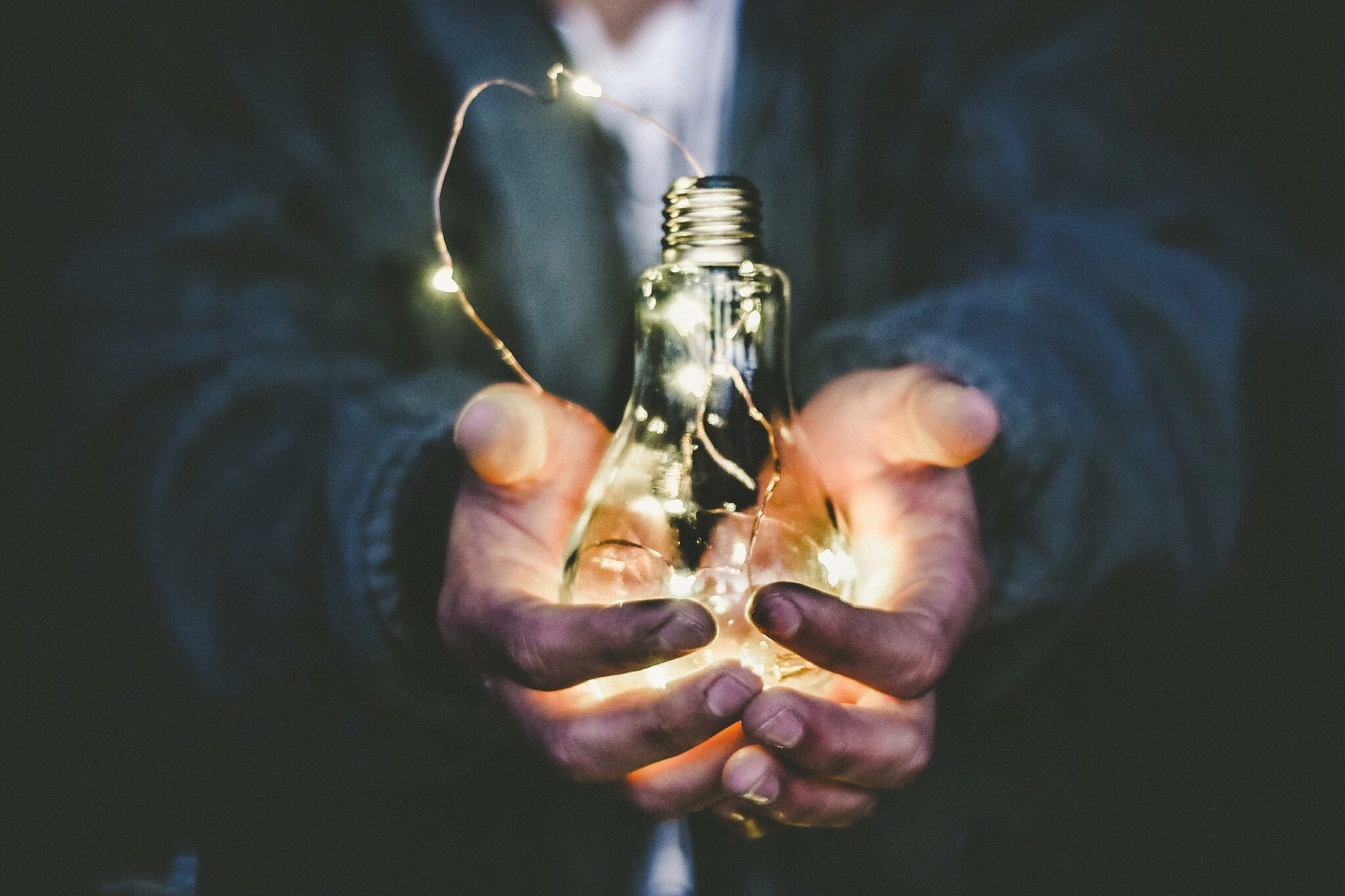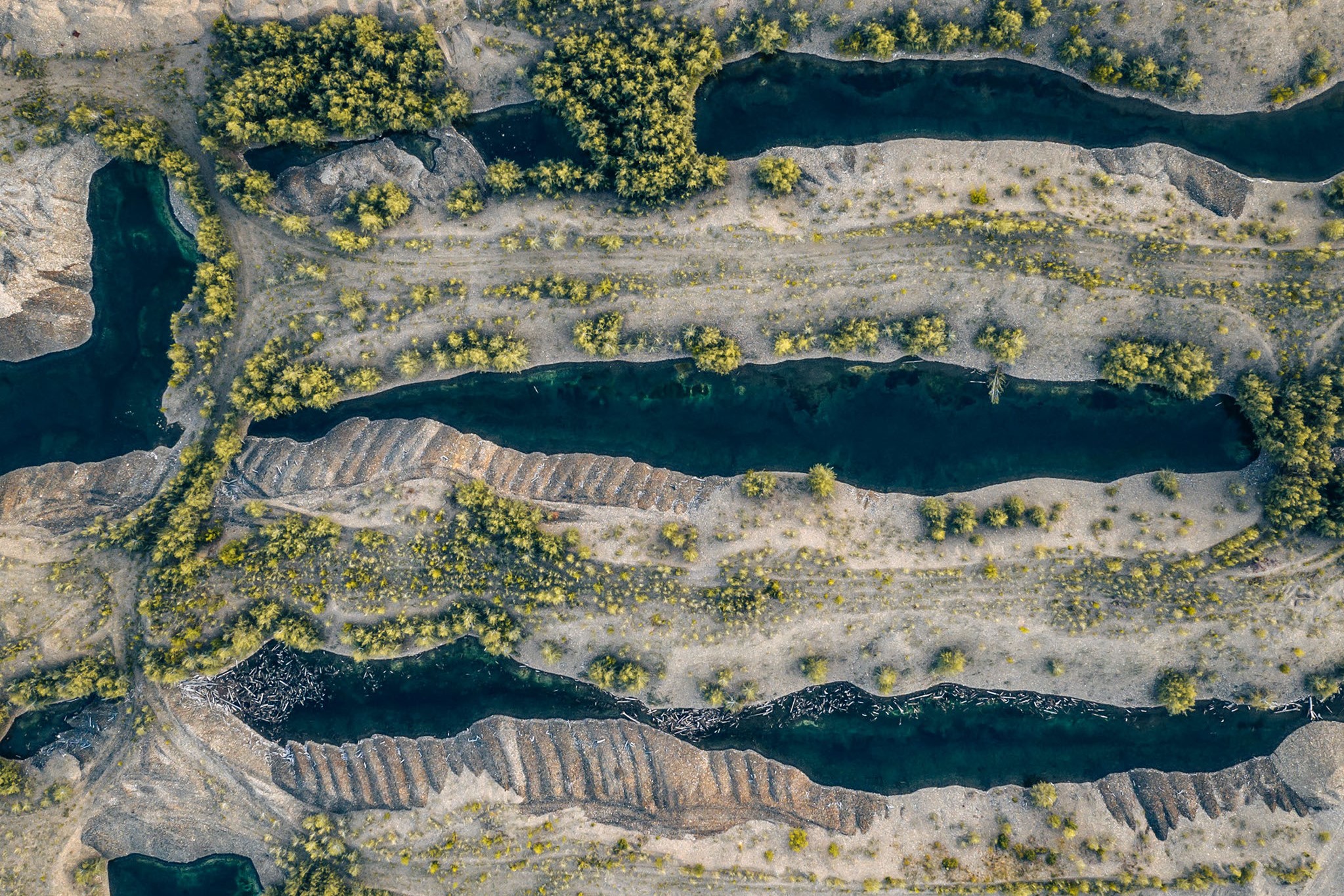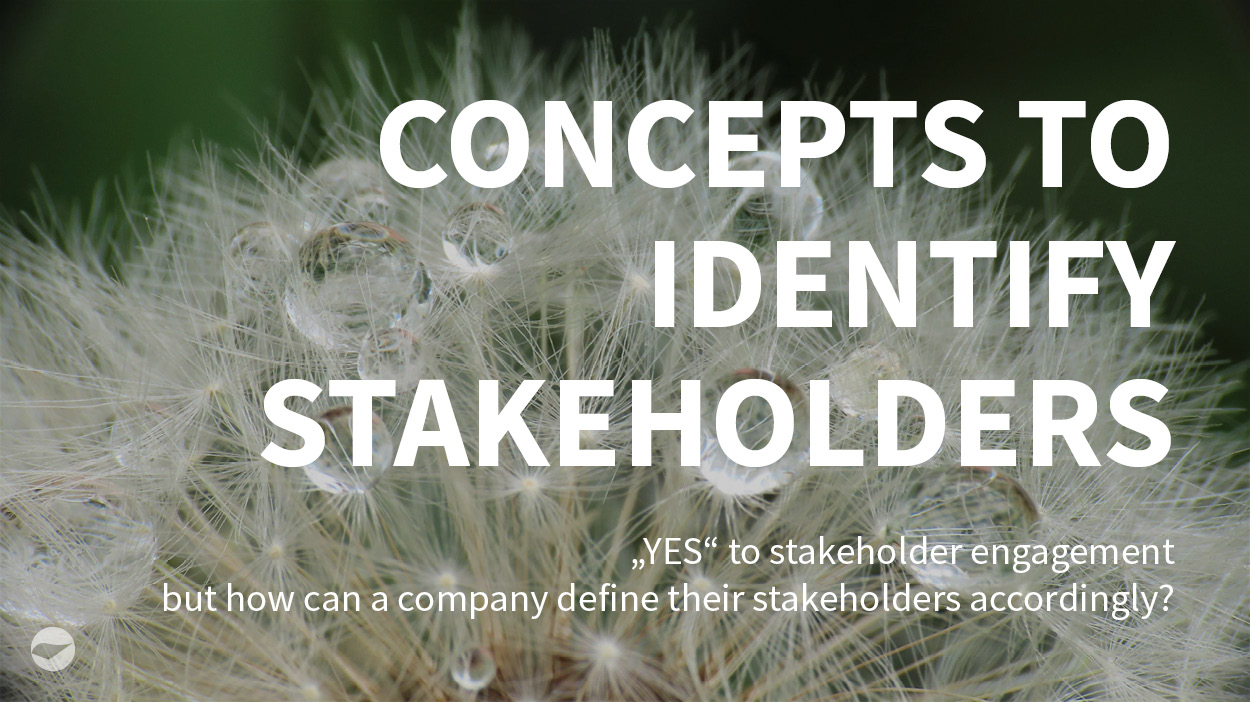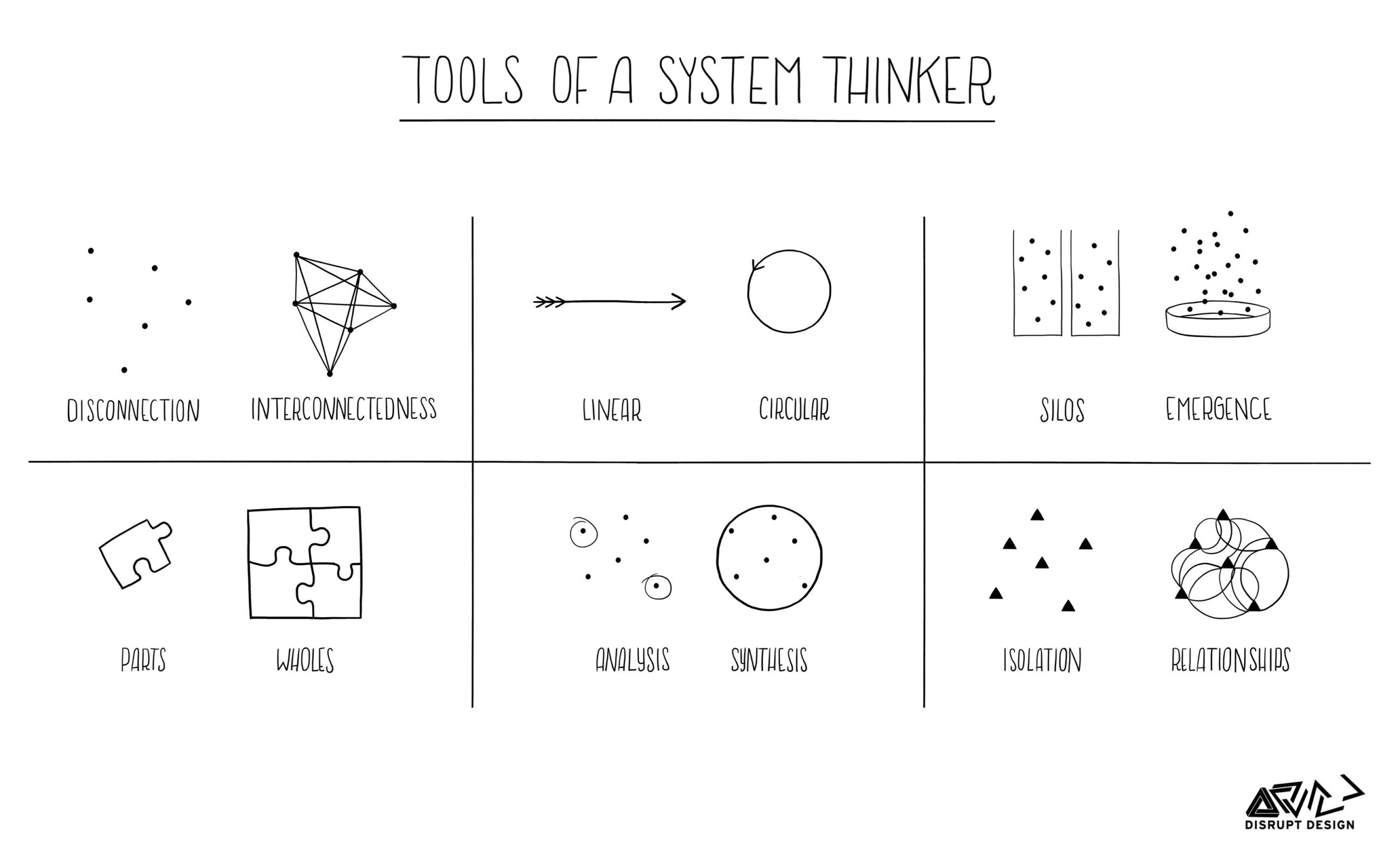The existence and prosperity of every individual depend on a functioning energy supply. Where people live and work, energy is consumed and the demand for energy has risen and continues to rise far too much and far too fast. The energy system of the future cannot be based on “business as usual” and certainly not on a “back” to fossil fuels or the nuclear power technology of the 1980s.
The goal of the energy transition is for people and the environment to live in harmony again. Thinking holistically – that’s what a sustainable economic system is all about. It combines economy, ecology, and society, conserves natural resources, minimizes negative environmental impacts, and in this way enables qualitative growth.
How can we create an energy system of the future that is both energy-efficient and environmentally friendly while maintaining competitive energy prices and a high level of prosperity?
The prerequisite for a sustainable energy supply is the medium- to long-term transformation of energy supply structures.
For an environmentally friendly energy system, the consumption of fossil energy sources must be reduced, even stopped, in the long term. Fossil energy sources such as crude oil, natural gas, and coal, are such energy sources that were created in long past times during the extraction of dead plants and animals. They cause the greenhouse gas carbon dioxide and thus global warming.
For the energy system of the future, we need renewable energy from sustainable sources such as hydropower, wind energy, solar energy, biomass, and geothermal energy. Unlike fossil fuels such as oil, natural gas, hard coal, lignite, and uranium ore, these energy sources do not deplete.
However, a great deal of research and development is still needed today to ensure that we can rely on renewable energies just as reliably. After all, new technologies and innovations are what make the energy transition possible in the first place. In addition to sources, this includes all measures that serve the distribution, storage, and intermediate storage of energy sources (efficient grids, pumped storage power plants, hydrogen production, and storage).
We can also focus our attention on the places in processes. where energy is generated as a side effect, for example in ventilation technology, where heat can be recovered in recuperative or regenerative processes.
Where one regenerative energy source is not sufficient, systems for sustainable energy generation must be combined. The potential for innovation in this area is immense, and the opportunities for developing new business models are manifold.
Even though we still have a long way to go towards a resource-efficient circular energy economy, the more solutions we develop, the more gaps we can close, and the more we network and exchange, the greater the chance of quantum leaps.
Saved energy has zero CO2 emissions and is independent of energy prices
If we ask an expert in energy technology such as Michael Bergmeister from Bergmeister Ingenieuren in Vahrn, Italy, how a company can go the way to sustainable energy supply, he has a striking motto ready: Every saved energy has zero CO2 emissions and is independent of energy prices. The Klimahaus speaker knows how a good company proceeds:
1 – Analysis creates the basis
Good companies accurately analyze their energy consumption and look ahead. By the consumption analysis with energy measurements, a course of the different energy consumers can be analyzed.
Once the current status is available, the next step is to determine what is needed and when, and how the performance curve relates to this.
With this inventory analysis, the basis for the future is created. The company knows which form of energy is required when and in what amount.
2 – Technical measures take effect in the short term
Now the first short-term savings measures can be implemented, such as the installation of heat recovery systems. Work processes can be adapted so that the use of synergies can be implemented, such as the use of waste heat for hot water production.
3 – The company site must be considered in the long term and in context
Once the initial measures have been implemented and energy consumption in the company has been optimized, a long-term energy strategy must be developed. It is important to discuss the locality, i.e. the location of the company with the available alternative energy sources. Possible partnerships with existing companies at the location and their energy consumption and energy production must also be considered in the sense of industrial symbiosis.
The goal must be to build up a regional alternative energy supply that provides secure environmentally friendly energy as independently as possible from political events.
For South Tyrolean companies, the high solar yields, the high potentials of biomass as well as a careful use of hydropower offer huge potential and an even greater chance to produce climate-neutral.
Courageous companies get a tailwind
For companies that want to take the step into a sustainable future now, it is important to think of the pennies in the future, not just those that are already flowing into your pocket now.
Many countries in Europe grant investment contributions to promote energy efficiency and the use of renewable energy sources. For example, subsidies are available for thermal insulation measures, heat recovery from ventilation systems, energy refurbishment of individual building units, hydraulic balancing, heating, and cooling systems, replacement of oil and gas boilers in co-owned buildings, installation of thermal solar systems, installation of photovoltaic island systems, and construction of wind power island systems. Funding is also available to conduct an energy audit.
As in all areas of sustainability, when it comes to energy, our economy is slowly moving to the solutions side. Here, we need to move forward, openly and with confidence, looking ahead to 2040, when the EU mandates that 70% of our energy must come from renewable sources.





